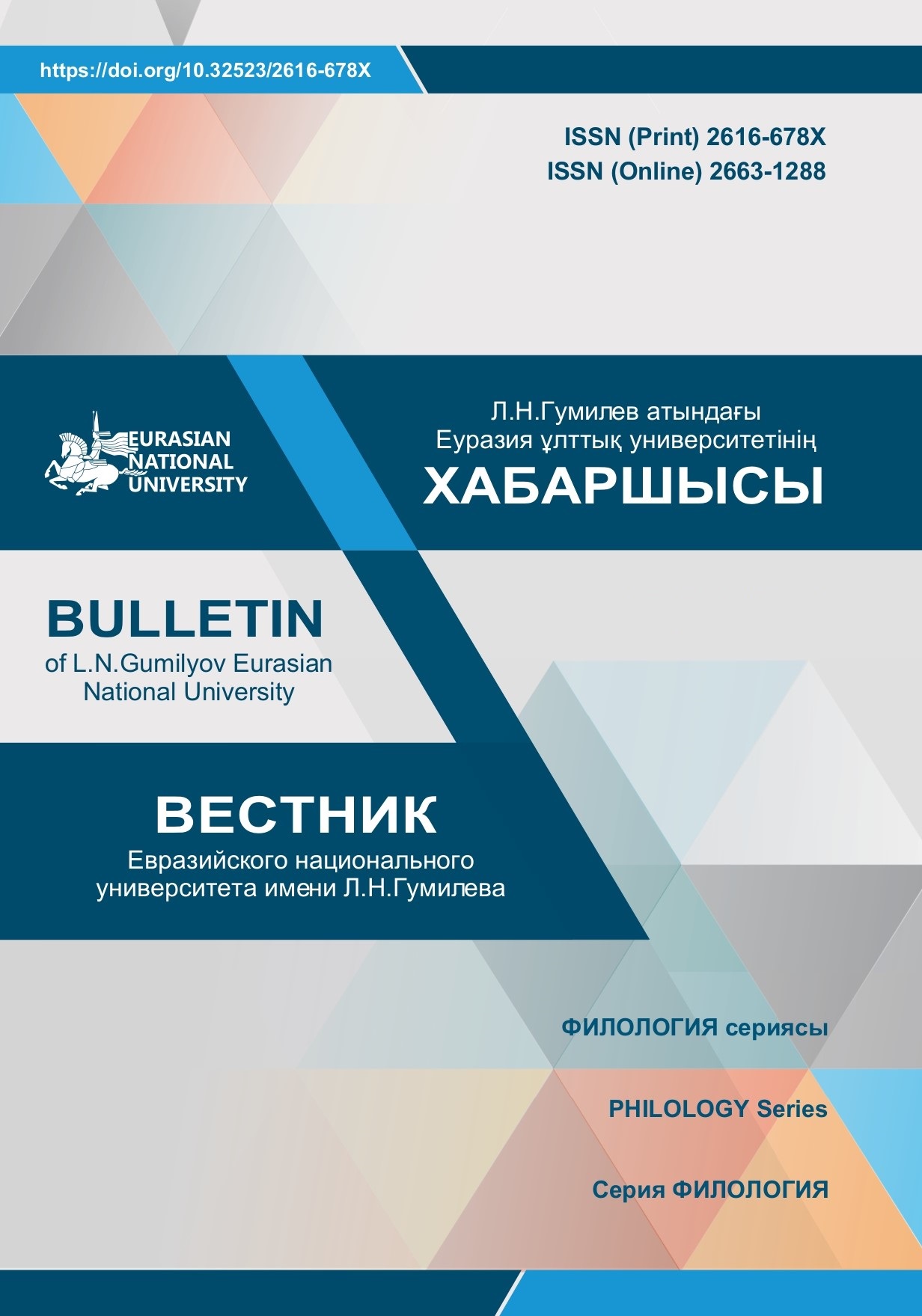Features and major problems of audiovisual translation
Views: 340 / PDF downloads: 1145
DOI:
https://doi.org/10.32523/2616-678X-2023-143-2-191-197Keywords:
audiovisual translation, subtitling, dubbing, extralinguistic factors, non-equivalent vocabulary, humor translationAbstract
The article is devoted to audiovisual translation as a separate type of translation activity, its
peculiarities and difficulties. Particular attention is paid to the topic of theoretical foundation of audiovisual
translation and its most common types. The article reveals the content of the concept of dubbing and
subtitling, and considers which of these forms of audiovisual translation is preferable. The problems which
are usually met by translators of audiovisual translation are highlighted and described.
Audiovisual translation research has expanded significantly in the studying and teaching of translation
for academic purposes. Interest in this area leads to an increase in research on dubbing, subtitling and, at the
same time, on the study of linguistic aspects in the didactics of audiovisual translation. The author comes
to the conclusion that audiovisual translation is particularly difficult and with this translation linguistic
equivalence may recede into the background.







